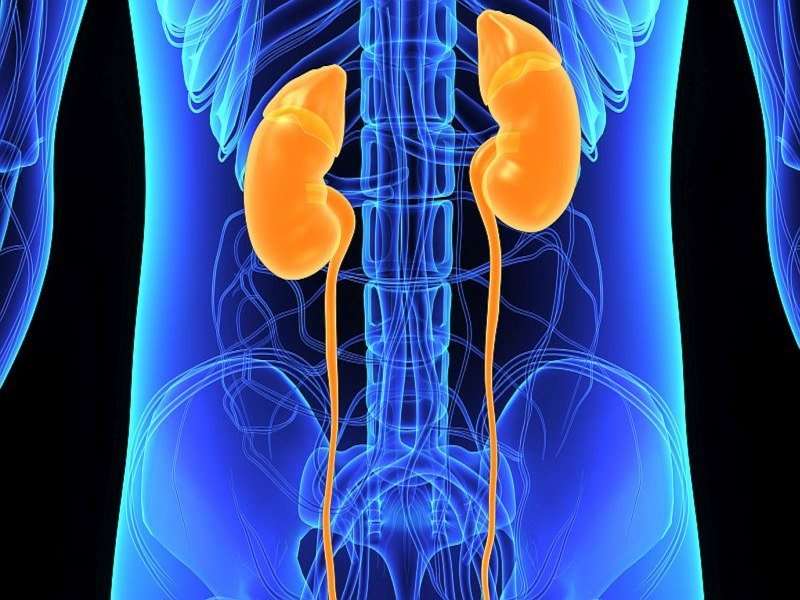(HealthDay)—Among patients who opt for active surveillance of small renal masses, growth rates are highly variable early on and do not reliably predict adverse outcomes, according to a study published in the March issue of The Journal of Urology.
Akachimere C. Uzosike, from Johns Hopkins Hospital in Baltimore, and colleagues characterized the growth rate of small renal masses and its pertinence to clinical outcomes among 318 patients who elected to undergo active surveillance and were tracked in the Delayed Intervention and Surveillance for Small Renal Masses prospective, multi-institutional registry.
The researchers found that over a median imaging follow-up of 1.83 years, the overall mean small renal mass growth rate was 0.09 ± 1.51 cm per year. No variables had statistically significant associations with growth. With longer follow-up, the growth rate and variability decreased (0.54 and 0.07 cm per year at less than six months and more than one year, respectively). Over the study period, no patients had metastatic disease or died of kidney cancer.
"Early in active surveillance, especially during the initial six to 12 months, the growth rate is variable and does not reliably predict death or adverse pathological features in the patient subset with available pathology findings," the authors write. "An elevated growth rate may indicate the need for further assessment with imaging or consideration of biopsy prior to progressing to treatment."
More information: Abstract/Full Text
Journal information: Journal of Urology
Copyright © 2018 HealthDay. All rights reserved.























